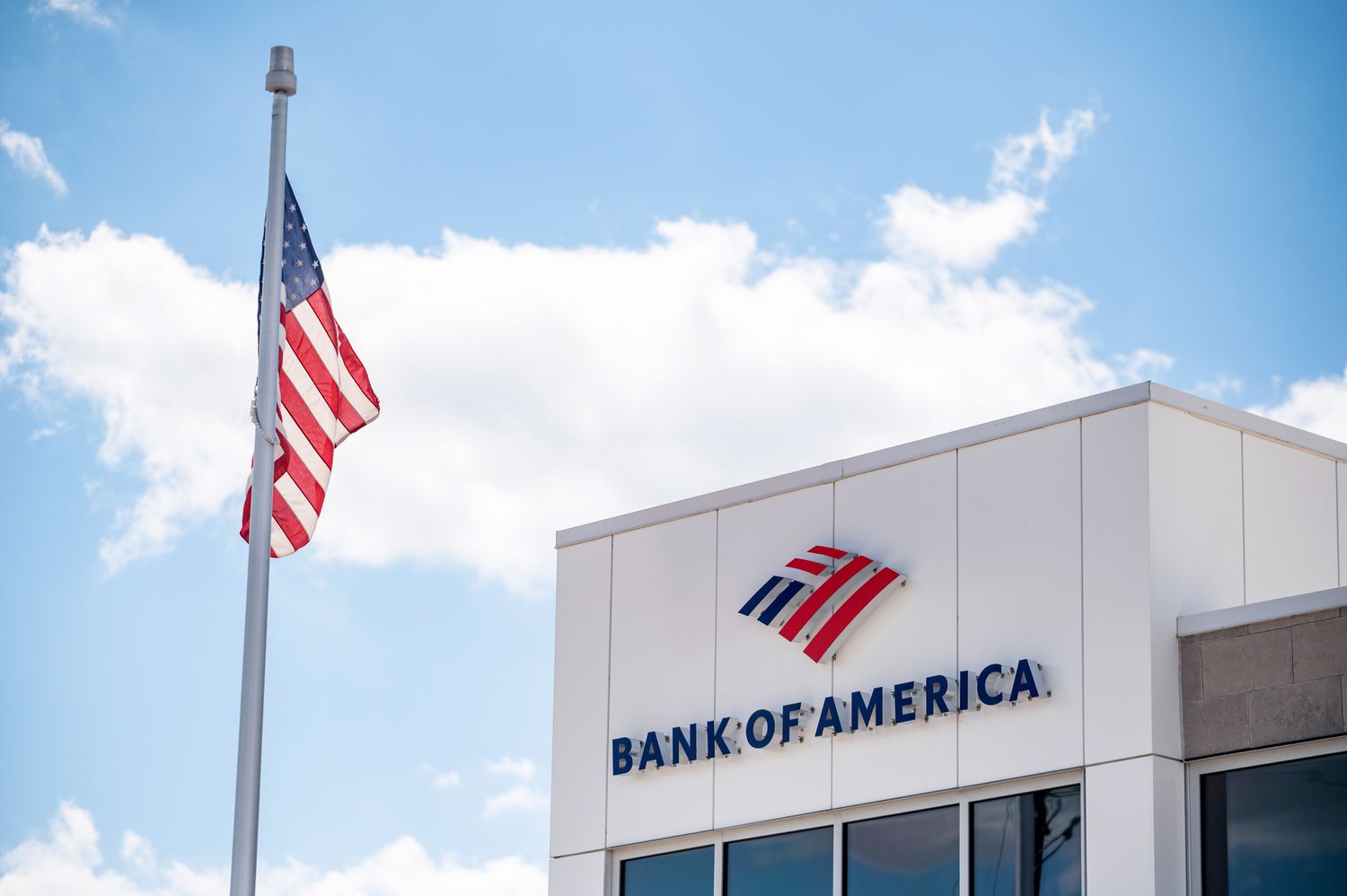
- Stocks
US bank stocks on positive trend
Do you want to know how to make money from this?
Register for free and get expert advice, access to a training course and webinars.
Key points:
- The Fed’s decision sent U.S. bank stocks higher, including large financial institutions and regional banks.
- Investors took the rate cut as a signal that deposit costs could fall and banks’ financial burdens could be eased.
- Regional banks with large exposure to commercial real estate benefited the most from the rate cut.
The Federal Reserve’s decision to cut its key interest rate by 50 basis points, announced on Thursday, triggered a positive reaction in the U.S. bank stock market. Investors took the decision as a signal that the cost of deposits could fall, which should ease the financial burden on banks and reduce pressure on borrowers.
Leading US banks join market rally
In recent years, banks have been forced to create significant reserves to cover potential credit losses, especially in the commercial real estate segment. The fall in demand for office space due to the transition of many companies to remote work has led to a significant increase in the risk of loan defaults in this sector. Lower interest rates can help banks reduce the level of created reserves and improve their financial performance.
However, after the news of the rate cut, American banking giants demonstrated positive dynamics in trading. Wells Fargo increased its value by 3%, while JPMorgan Chase, which occupies a leading position in the sector by assets, rose by 1%. Citigroup and Bank of America also noted the growth of quotes, adding 2.6% and 2.3%, respectively.
The largest investment banks on Wall Street, Goldman Sachs and Morgan Stanley, also joined the general market rise, showing growth of 3% and 1.3%, respectively.
Regional banks are the biggest winners
On Wednesday, leading financial institutions responded to the Federal Reserve’s decision by lowering their own base rates on loans. However, it is worth noting that most consumer loans, such as auto loans and mortgages, are concluded at fixed interest rates. This means that banks will continue to receive a stable income on these debt obligations, despite the easing of monetary policy.
However, borrowers who want to optimize their financial obligations in the context of falling rates can take advantage of the refinancing option. Renegotiating the terms of the loan agreement will allow them to reduce monthly payments and, as a result, reduce the risk of default on loan obligations.
Regional banks with a significant share in the commercial real estate segment are expected to benefit most from the rate cuts. As an example, we can cite the shares of banks such as Valley National, Banc of California, KeyCorp and Western Alliance, which have demonstrated growth of almost 3.8%.
However, credit institutions continue to operate in conditions of high uncertainty. While investors are anticipating further monetary easing in the near future, some experts are skeptical that the Federal Reserve is responding adequately to the changing economic environment.
In addition, investor sentiment in the banking sector continues to be affected by the crisis caused by the bankruptcy of several large financial institutions in early 2023. Rising interest rates have led to an increase in unrealized losses in banks’ investment portfolios, which has increased investor concerns.
Do you want to know
How to make money from the news
Register for free and get:
- Expert consultation;
- Access to the training course;
- Opportunity to participate in webinars

